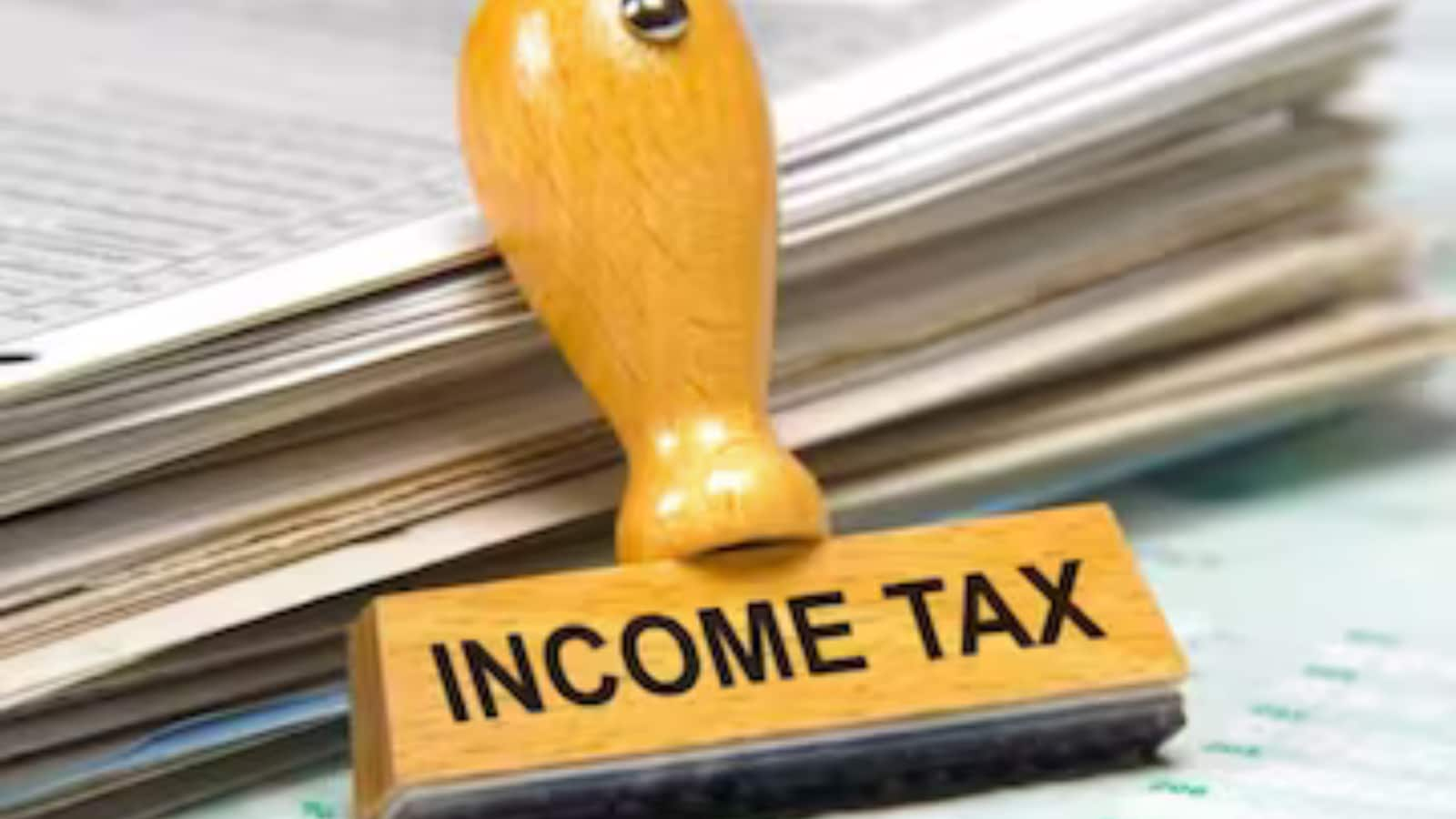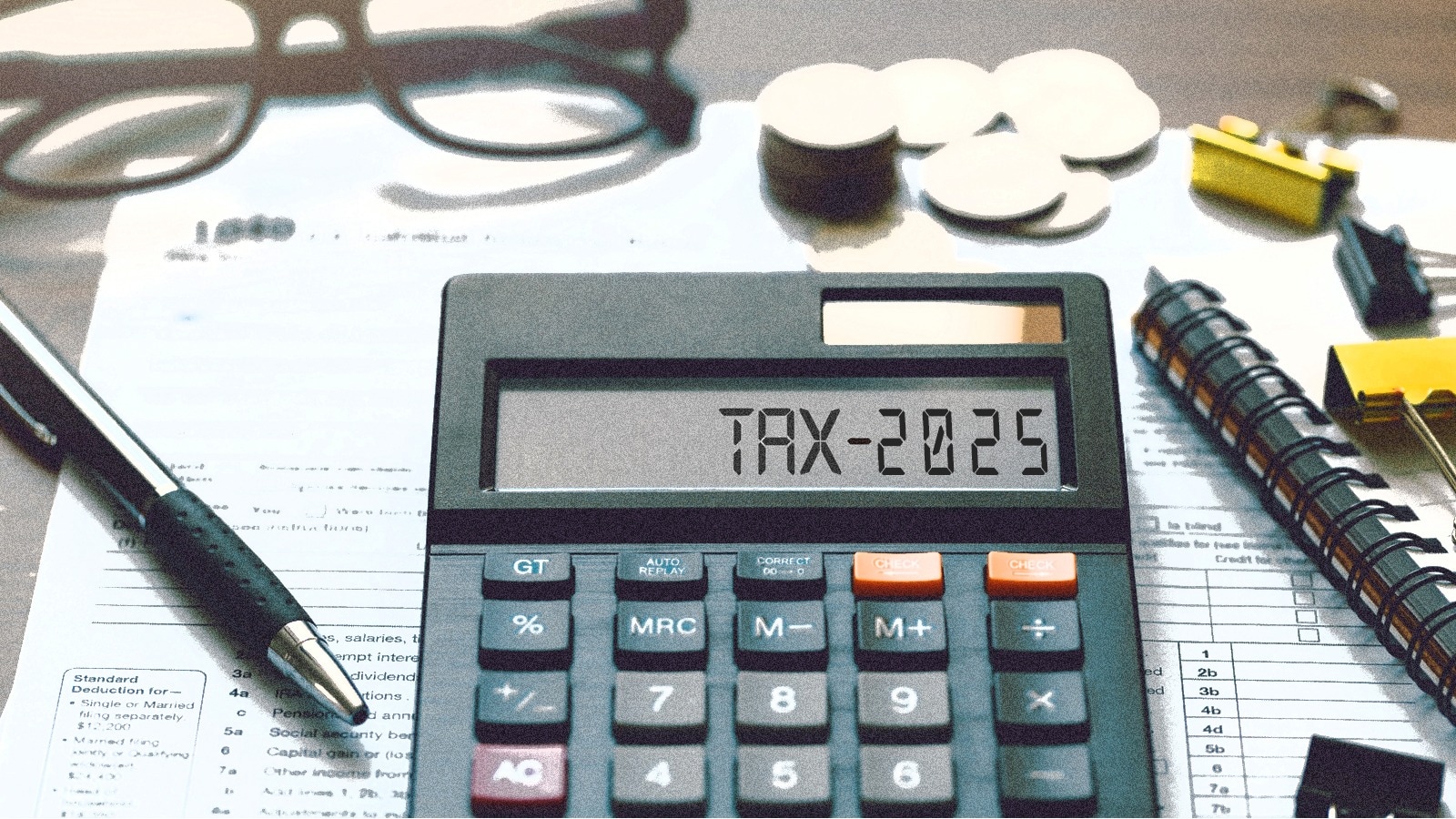Business
IKEA profits plunge more than a quarter after tariff uncertainty

With the fiscal year ending in August, Sweden’s Inter IKEA – which supplies furniture to IKEA stores globally – said its annual operating profit dropped 26% due to the impact of U.S. tariffs driving up costs.
Operating profit for the fiscal year ended on Aug. 31 was 1.7 billion euros ($1.98 billion), down from 2.3 billion euros the year before, while revenue fell to 26.3 billion euros from 26.5 billion euros, after it cut prices, according to the IKEA brand owner.
IKEA stores across 63 markets around the world fell for a second year in a row to 44.6 billion euros ($52.01 billion), the furniture maker announced.
Inter IKEA said in a statement that commodity prices and logistics costs had risen in the second half of the financial year due to uncertainties following U.S. tariff announcements.
While IKEA has cut prices overall, higher U.S. tariffs have forced it to increase prices on some products in the United States, which it imports from factories in Europe and China. Lithuanian furniture manufacturer SBA, which supplies IKEA, last month launched its first U.S. factory, in North Carolina, manufacturing IKEA products such as its BILLY bookcases and KALLAX shelving units.
The factory was planned well before U.S. President Donald Trump embarked on his tariff-hiking policies, Henrik Elm, chief financial officer at Inter IKEA, told Reuters.
But it is “very timely, of course, since that is also helping us to mitigate the effects of the tariffs on those top-selling products,” Elm said in an interview.
Inter IKEA said wholesale sales volumes rose by around 6% compared to the previous year as shoppers responded to lower prices by buying more.
U.S. Supreme Court justices raised doubts on Wednesday over the legality of Trump’s tariffs in a case that has broad implications for how Trump governs. The president, who has warned that a decision stripping him of the right to set tariffs would be a disaster, said on Thursday his administration would need a Plan B of sorts if the court’s ruling went that way.
During a back-and-forth with journalists in the Oval Office about the issue, a reporter noted that Chief Justice John Roberts had asserted that tariffs were actually taxes paid by Americans.
Business
Planning Your Taxes For 2026? What Freelancers And Gig Workers Should Know

Income doesn’t come regularly
Freelancers earn from different clients at different times, making it hard to know the final income figure early

Multiple clients mean scattered TDS
Tax is deducted by many payers under different sections, and details don’t always update together in AIS or Form 26AS.

Income details settle very late
Many payments and TDS entries appear only near the year-end, delaying tax calculations.

First-time taxpayers lack clarity
Young gig workers often don’t know ITR deadlines, advance tax rules, or penalties for late filing.

Paperwork isn’t ready on time
Forms like 16A, invoices, bank statements, and expense bills are often unorganised or missing.

TDS deducted ≠ filing done
A common myth is that if tax is already deducted, filing the return is optional. It’s not.

Refund expected, filing delayed
Many assume that if no tax is payable or refund is due, filing late won’t matter — but penalties still apply.

E-verification gets ignored
Returns filed but not verified within 30 days are treated as invalid, almost like not filing at all.

Portal issues at the last moment
Heavy traffic, OTP failures, and technical errors near deadlines push filings beyond the due date.

No regular income tracking system
Not maintaining client-wise records of invoices, payments, and TDS creates confusion at filing time.

Deductions are gathered too late
Proofs for insurance, mutual funds, PPF, health cover, or tuition fees are often collected at the last minute.
Business
SFIO probes IndusInd’s Rs 1,960 crore derivatives hole – The Times of India

MUMBAI: Serious Fraud Investigation Office (SFIO) has opened a formal probe into IndusInd Bank after a Dec 23, 2025 letter triggered an investigation under the Companies Act, 2013, over accounting lapses tied to internal derivative trades.In a filing, the bank said SFIO, under the MCA, seeks information after the lender flagged on June 2 issues spanning internal derivatives, unsubstantiated “other assets/liabilities”, and microfinance interest/fee income. It disclosed the update on Dec 18, pledged full cooperation, and posted details on its website.Derivatives irregularities have hit P&L by about Rs 1,960 crore as of March 31, 2025, eroding reported net worth by roughly 2.3% as of Dec 2024. Earlier profits were overstated as notional gains flowed into P&L while losses sat parked as assets, inflating NII and earnings quality. The derivatives irregularities saw several members of the senior management stepping down with the board bringing in Rajiv Anand from Axis Bank to head the private lender.The bank recognised the losses, absorbed pain in its FY25 earnings which tipped the bank into a Q4 FY25 net loss after one-off write-offs/provisions. Capital/net worth took a 2–2.5% post-tax hit, trimming buffers and nudging growth appetite and capital pricing.The derivatives loss resulted in the shares of the bank sliding as investors reassessed earnings credibility and governance. The scrutiny also sharpened on the board/management/audit committees, intensifying regulatory pressure and SFIO oversight.
Business
Navi Mumbai airport opens today with 30 domestic flights – The Times of India

MUMBAI: Navi Mumbai International Airport (NMIA) opens to commercial operations on Thursday after years of missed deadlines, opening a second gateway for air travel in the Mumbai region. The day will see four airlines operating about 30 domestic flights at India’s newest greenfield airport. The first scheduled arrival will be an IndiGo flight from Bengaluru, touching down at 8 am, while the first departure will also be operated by IndiGo, a morning service from Navi Mumbai to Hyderabad, scheduled to take off at 8.40 am. The terminal building will open to departure passengers around 6.40 am, said an NMIA spokesperson.“On Day One, domestic services will be operated by IndiGo, Air India Express, Akasa Air and Star Air connecting NMIA to nine destinations across India. The airport will handle 15 scheduled departures on the first day,” said an NMIA spokesperson.“During the initial phase, NMIA will operate between 8 am and 8 pm, with up to 24 scheduled daily departures to 13 destinations and the capability to manage up to 10 aircraft movements per hour. From Feb 2026, operations are planned to progressively scale up to round-the-clock services,” the spokesperson added. “Passenger services from day one will be supported by Digi Yatra-enabled contactless processing at designated touchpoints, along with trained terminal staff across kerbside, check-in, security and boarding areas,” the spokesperson said. Conventional check-in counters too will be available for passengers not opting for Digiyatra. Retail and food and beverage offerings have been curated with a focus on affordability and local preferences, the airport said.In its initial phase, NMIA opens with terminal 1 and one operational runway; the terminal building has a capacity to handle 20 million passengers annually, but it is expected to touch that number before mid-2026. The terminal building can accommodate about 2-3 million passengers beyond its declared capacity. The new airport is 45-50 km from North Mumbai, 35-40 km from South Mumbai and 35-45 km from the eastern suburbs.
-

 Fashion1 week ago
Fashion1 week agoIndonesia’s thrift surge fuels waste and textile industry woes
-

 Tech1 week ago
Tech1 week agoT-Mobile Business Internet and Phone Deals
-

 Business1 week ago
Business1 week agoBP names new boss as current CEO leaves after less than two years
-

 Sports7 days ago
Sports7 days agoPKF summons meeting after Pakistani player represents India in kabaddi tournament
-

 Entertainment1 week ago
Entertainment1 week agoIndia streamlines visa rules in boost for Chinese professionals
-

 Sports7 days ago
Sports7 days agoUWCL grades for all 18 teams: Leuven get A+; Barça an A-, PSG fail
-
Sports5 days ago
Alabama turned Oklahoma’s College Football Playoff dream into a nightmare
-

 Entertainment7 days ago
Entertainment7 days agoRadiation fears rise after cracks found in $2 billion Chernobyl shield





